From Peter Rabbit to Bugs Bunny, some of the world’s cutest characters are, well... us. And honestly? Can you blame anyone? With our twitchy noses, fluffy bums, and those ears (don’t get me started), we’re basically irresistible. All of that cuteness may lead to your little one asking for a bunny of their own, which is a great idea, but also a big responsibility.
Science shows that owning a pet can have a wonderful impact on kids. In fact, children who grow up in homes with fluffy friends are likely to have a stronger immune system. It also gives them a sense of achievement and helps to develop empathy for others.
That said, getting a bunny is a big hop, er, step. Especially if there are tiny humans involved. That’s why it’s important to introduce your little ones to your pet rabbit in the right way and teach them how to be gentle and take care of them in a way that bunnies enjoy.
Is a domestic bunny a good pet for kids?
Bunnies are wonderful companions for many reasons, and I’m not talking just about our fluffy tails or bold personalities. Unlike many other small animals, we bunnies are smart, social, and surprisingly affectionate. Some of us even enjoy snuggles – though let’s be clear: on our terms.
But before you give in to our floppy ears, you should know we require ongoing care and attention.
In fact, happy and healthy bunnies can live for eight to 12 years, sometimes even longer. Before you decide to add one of us to your household, you and your little one should understand that taking care of us will be a long-term commitment.
It’s also important to understand that, like humans, every bunny is different. That’s what makes us such fun friends! But that also means there’s no guarantee we’ll be as enthusiastic about communicating with your kids as they might be. To ensure our relationship with mini humans is as successful as possible, it’s important to follow the steps I’ll highlight next.
Introducing your pet rabbit to your child
Sure, we might look round and sturdy, like a loaf of bread, but underneath all this fluff are fragile little bones. If you pick us the wrong way or squeeze our tiny bodies too hard, you may accidentally hurt us or worse, break our bones. Unfortunately, the consequences for a rabbit can be irreversible.
When we first hop into your home, your kids will probably be over-the-moon excited. That’s sweet! But let us settle in first. Give us time to adjust to the smells, sounds, and chaos of our new home. Likewise, it’s a good idea to build a ‘safe space’ for your furry new friend and your little ones to safely learn about each other. If we get nervous, let us hide. We’ll come out when we trust you, especially if you’re holding a tasty treat.
Also? Wash those hands, please. We’re super sensitive, and even a tiny germ can cause big problems for us.
Teach them how to pet gently
There’s nothing better for us than a well-deserved petting session. But we’ve got preferences, okay? We like to be stroked on the head, ears, and upper back. No belly rubs. No tail grabs. Absolutely no poking the floof.
If your little human is too young to be gentle, guide their hand. Show them how to stroke us slowly, calmly, and at our level. That’s right, sit down on the floor.
For families with little children, it’s vital to prevent fur-grabbing, as this can really hurt us. One way to teach this is to take the back of your child’s hand and gently pet with it instead. But even if they seem to ‘get it,’ never leave a young child unsupervised with us.
Respect our boundaries![]()
I know, I know.. I just said how much we love cuddling, and it’s true. But, as you may know, we’re prey animals. In the wild, if we’re in the wrong place at the wrong time, we become lunch. For this reason, it’s natural for us to feel scared about getting picked up or touched, even by someone who means well. This can make us scratch, kick, and even bite, but that doesn’t mean we don’t love you. We might be showing our affection in a different way.
That said, it’s critical to respect our boundaries. Whenever we hop away or decide to hide in our cage, explain that it’s important not to chase after us. While banging on my house may feel like a good way to get my attention, it will actually make me scared. Teach your little one about our body language, so they understand our behavior.
Avoid saying ‘no, don’t, or stop’
If your little one doesn’t have experience with bunnies, they might accidentally do something inappropriate. As a parent, you might be tempted to shout ‘Don’t!’ or ‘Stop’, but try to avoid it as much as possible (even if I just got my ears pulled). Why? Because yelling can make your child associate us with something scary or negative. Instead, gently redirect their attention. ‘Let’s give the bunny space’ or ‘Can you help me find a treat for them?’ works better than a harsh command.
Bunny activities to try with children
Want to help your little one bond with us? Get them involved in our world! We bunnies can easily get bored if we don’t have enough stimulation. It’s crucial for us to be part of your family. To be happy, we need daily exercise. Otherwise, we can become destructive and even aggressive.
Your child can help in providing that enrichment. For example, let them hide a treat for us to find, build stacking cup towers (it’s so fun to knock them over), set up an obstacle course for us to go through, or even read their favorite book to us. Doing a quiet activity on the floor nearby, whether homework or completing crosswords, will make us more used to the company, and we’ll hop over eventually.
And yes, adults should handle the serious stuff (like cleaning our litter box and checking our health), but kids can help with simple daily tasks. Our Bunny Chore Chart for Kids is a great way to get them involved, follow the link to get your free copy.
Final thoughts
When you treat us gently, patiently, and with lots of love, we’ll become your kids’ best fluffy friend. But don’t forget, we’re not toys, and we’re not short-term pets.
It’s your job, grown-ups, to teach your little humans how to live in harmony with us. With time, treats, and lots of floor-level bonding, we’ll all be one big happy family (And if there are snacks involved... Even better).
Interested to learn more bunny care tips and tricks? Follow my blog for bunny wisdom, fun enrichment ideas, and rabbit-approved bonding activities.
FAQ
Are bunnies good with young kids?
We can be! But only if the little humans are gentle, patient, and supervised.
Can my bunny free-roam in the house with kids around?
Sure, if it’s bunny-proofed! That means no exposed cords, no stomping feet, and no surprise cuddles. We love to explore, but it’s important to stay safe.
Can kids play with bunnies like they do with dogs or cats?
Not exactly. We don’t fetch, but we do love gentle floor time, treat games, and quiet company.
If you’ve read this far, I know you care —
and that’s what makes all the difference for our furry friends. Thank you.
Paws and kisses,
Chester the Bunny 🐰






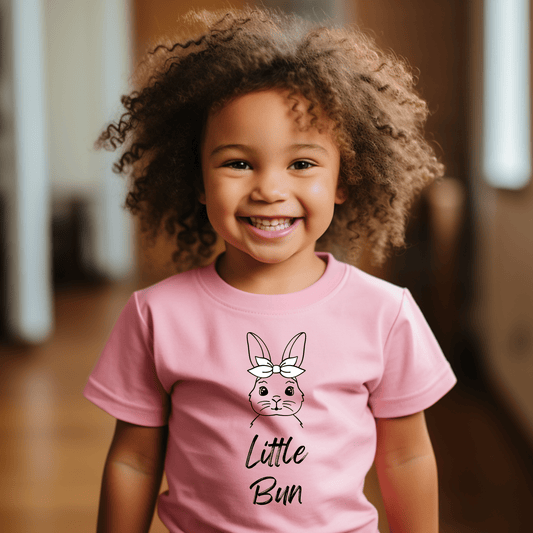
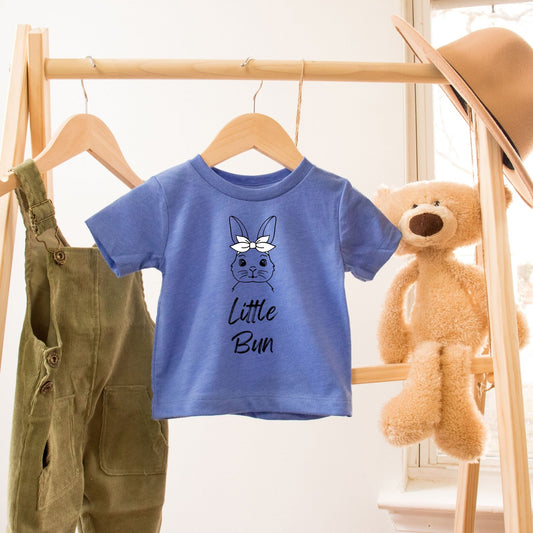

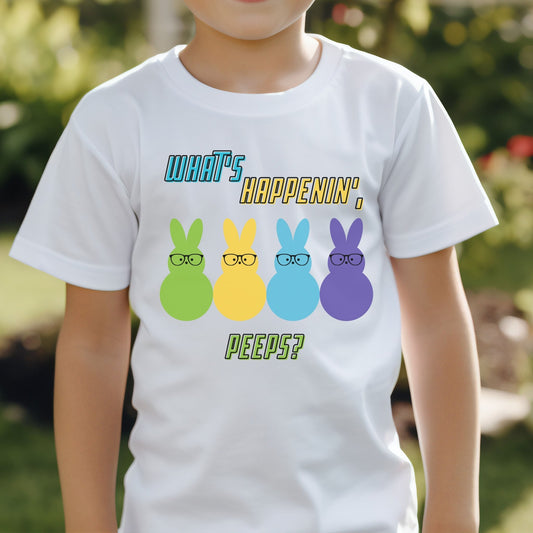
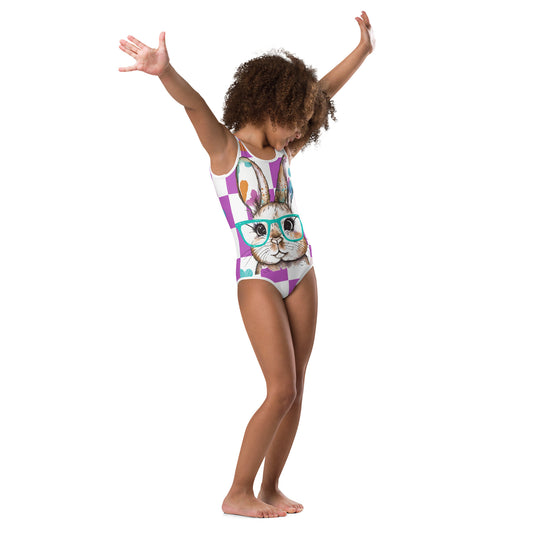

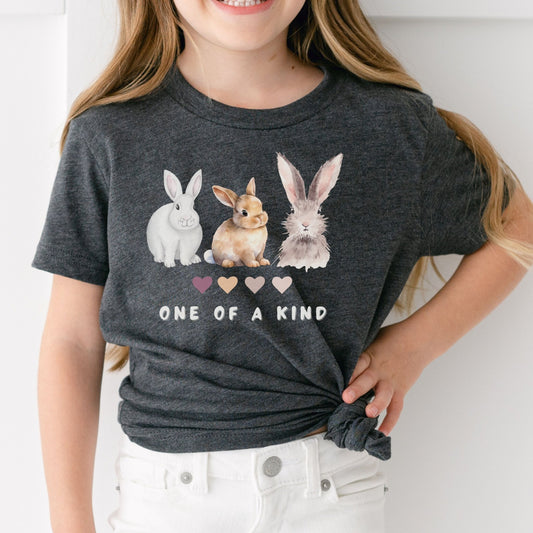
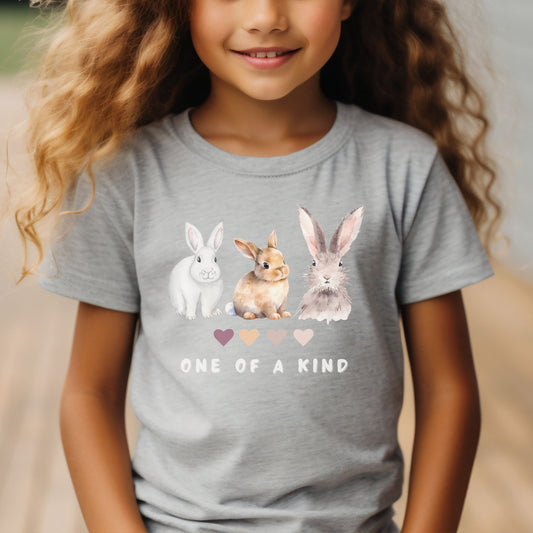
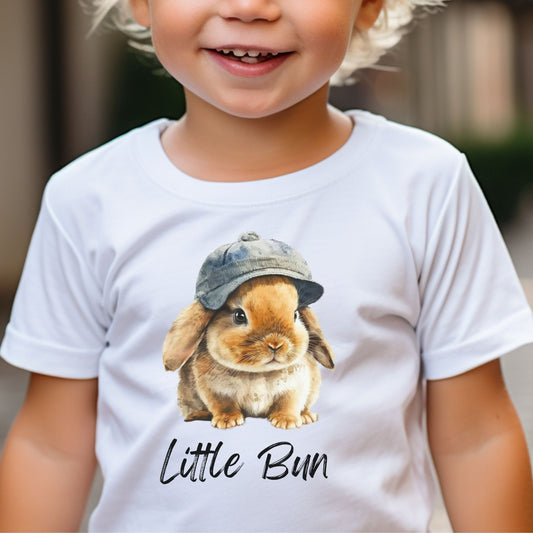
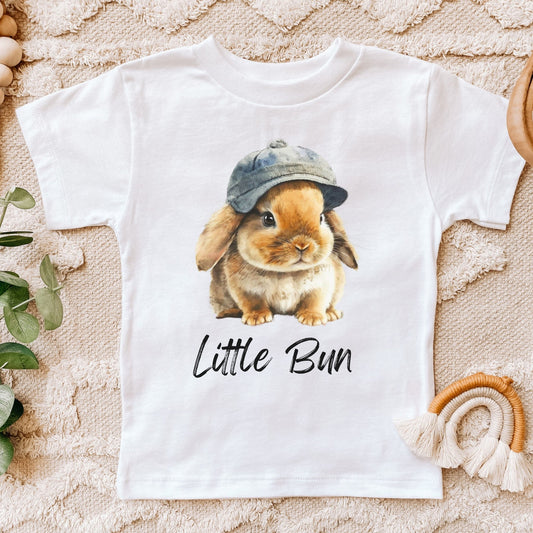


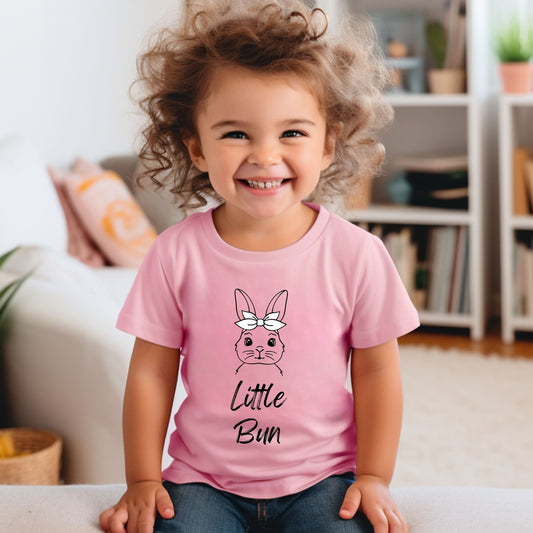
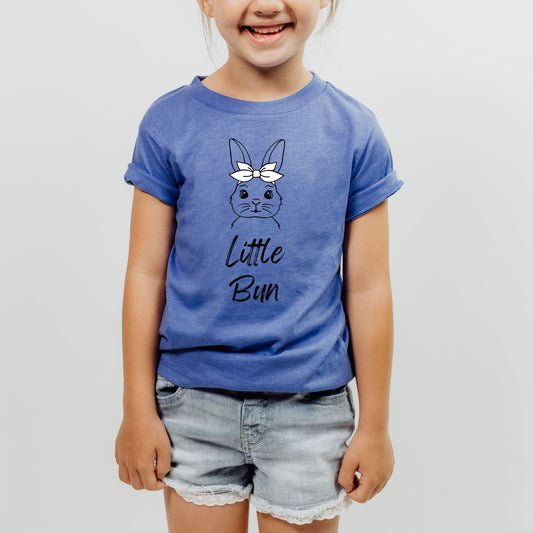
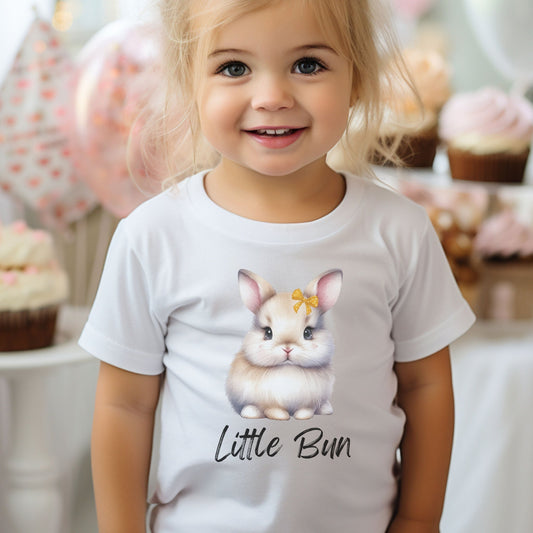
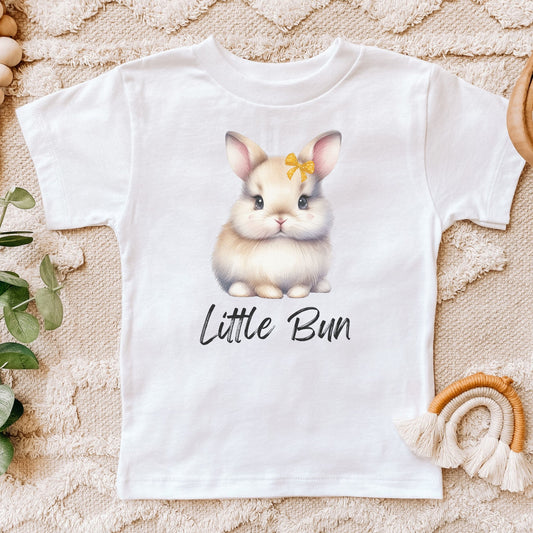
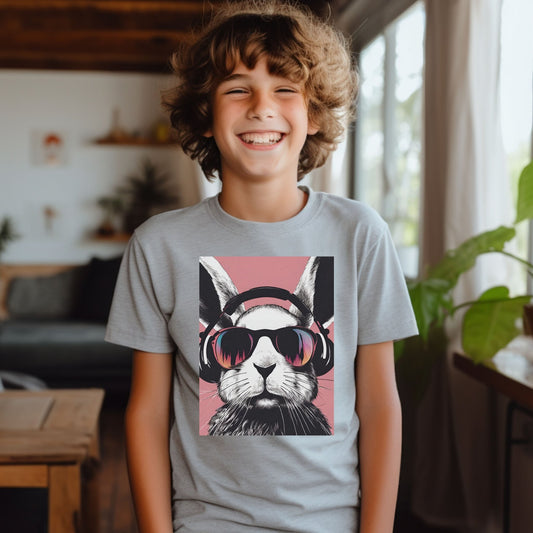
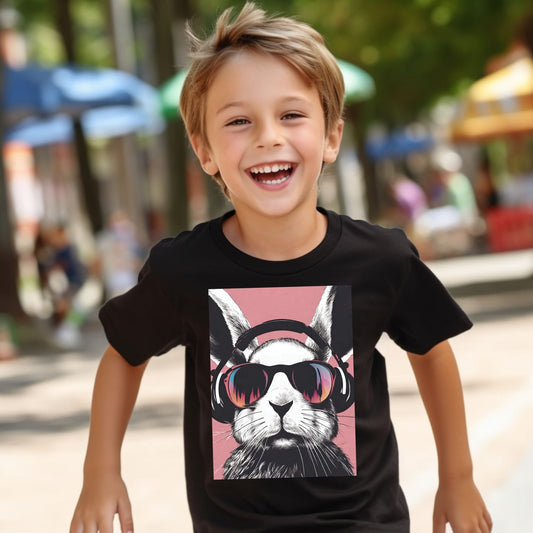
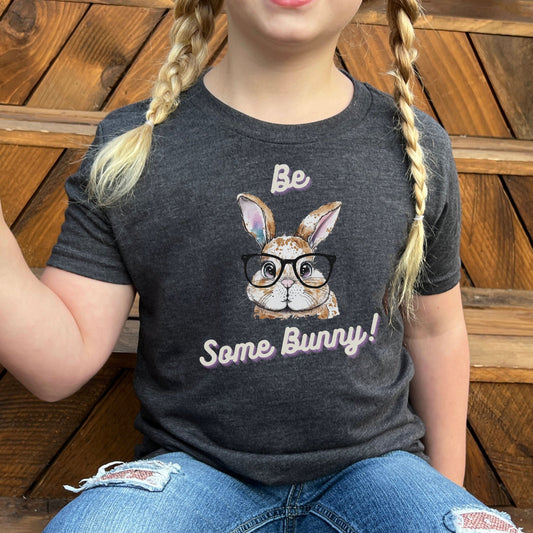
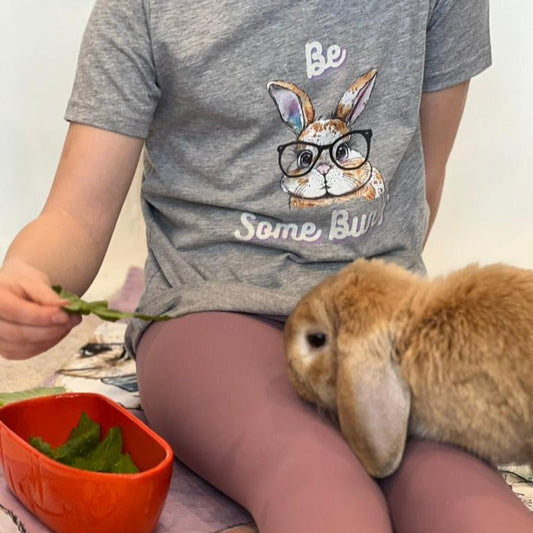
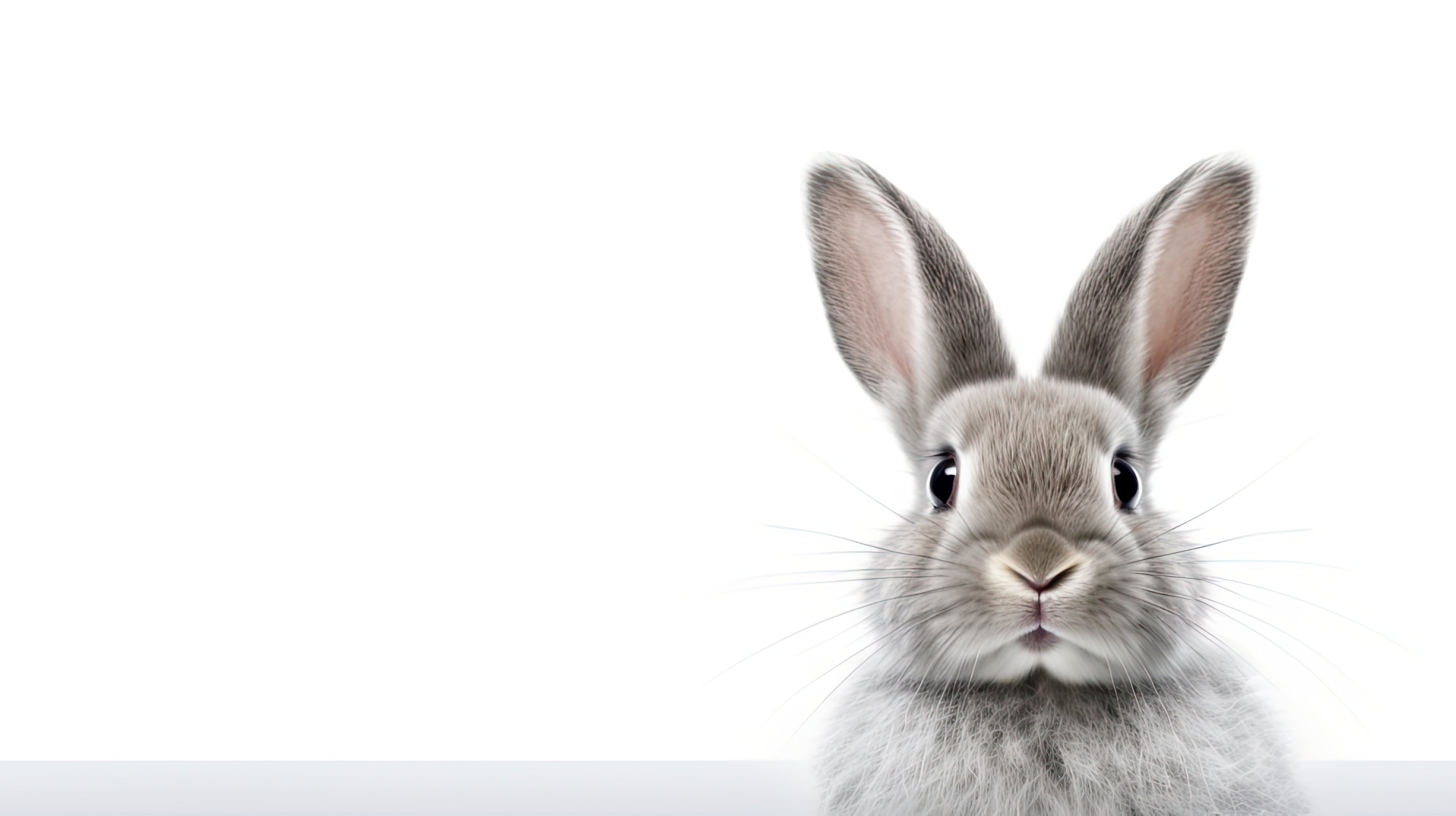
1 comment
This is a bunderful blog, Chester – very informative and so well written! The only thing I think you forgot to specifically mention is that rabbits should never, ever be picked up by the ears! But hopefully in this day and age, everyone already knows that! Much love to you, angel bun.